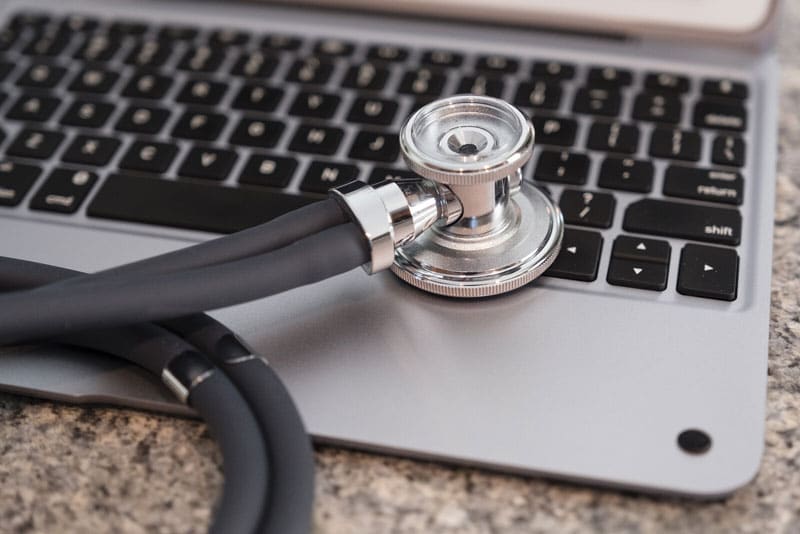This is an update to the earlier blog, “How Accurate Data Entry in Healthcare is Highly Relevant”
With a pandemic that has proved to be potent and is feared to be long-standing quite like the Spanish Flu of 1918 to 1920, (unless the vaccine is released into the market, or the pandemic dies its natural death), medical data entry of patients’ health information has really become critical.
Criticality of Accurate Data Entry in the COVID-19 Context
There are other infections and flus that mimic COVID-19 as well, so symptom recording needs to be accurate so as to ensure the right treatment. Accurate diagnosis reporting from COVID-19 tests along with patient monitoring for the 14 days of quarantine is essential to not only ensure the health of the individual, but also to prevent the infection from spreading. It is also important to advise your hospital staff and patients of the kind of disease coronavirus is, and the steps needed to keep this from spreading.
Best Practices for Ensuring Data Quality
Following best practices to manage data quality is essential not just in physician and inpatient settings, but also ambulatory care settings. Even if it’s the electronic health record, these steps need to be followed:
- You need to detect particular data elements to be collected for specific needs. All the relevant data types, data fields and corresponding data values have to be identified. You need to assign a definition and value to each of the listed data elements. For data that has to be coded, you obviously need to identify all the corresponding code values. With all this information, you must create a template which will help in consistent data gathering.
- You must also consider what the expected data output for those data elements are. Coded data requires identifying code changes in a particular time period. You also need to set reporting and documentation guidelines.
- Ensure that you also carry out a time-limited report on the complete data elements set or selectively on certain data elements for securing data output for that time-limited data subset.
- Evaluate the data output to find out if the results are like what you have expected. Also, carry out a detailed analysis of the result. This will help identify factors such as under-reporting caused by unavailability of a particular coded value.
- Record the explanations and findings so that this can be used for future reference.
- Any unique or strange data patterns must be detected and investigated to detect any missing data. You also need to educate your staff on the importance of maintaining quality of data.
What to Do After Detecting COVID-19
Your healthcare practice may not be a COVID-19 quarantine facility, but you could come across a patient with similar symptoms who is tested positive for COVID-19. While it is important to follow reporting best practices, you also need to keep in mind the basic guidelines in containing the infection:
- Immediately isolate the patient, ensure they wear a mask, and leave them to be attended by a fully masked, protected and dedicated healthcare worker.
- The patient’s clinical status must be assessed before he/she is referred to a COVID facility or home quarantine. The receiving facility must get a full case record of the patient.
- Bring the case to the attention of local health authorities.
- Following the transfer of the patient, the ambulance and facility must be disinfected.
- People who have come into contact with the patient must be placed in precautionary quarantine for 14 days, and the local health authorities need to be informed of their details.
Automated Healthcare Data Systems
Remember, healthcare is one of those industries where the smallest error in data entry can have massive consequences. Employing automated healthcare data systems ensures simplification of the various data entry tasks such as electronic health records (EHR), medical billing, scheduling appointments, patient check-in, medication prescription and even financial reporting.
Advanced Data Gathering
This is the age of high-tech medical consultations, and devices such as wearables provide Patient-generated Health Data (PGHD). They provide a more comprehensive view of the health of a patient. Data that needs to be constantly monitored, such as body temperature, heart rate, sleep and diet are recorded and integrated into the record. This enables providers to identify the most relevant points for developing a treatment plan. It provides doctors with greater clarity and insight to control the condition of the patient better. This particularly helps in monitoring COVID-19 in individuals under quarantine.
Advanced healthcare data entry services can help your practice improve its efficiency and contribute to reducing the spread of pandemic. It also contributes to improving the reputation of your practice.




